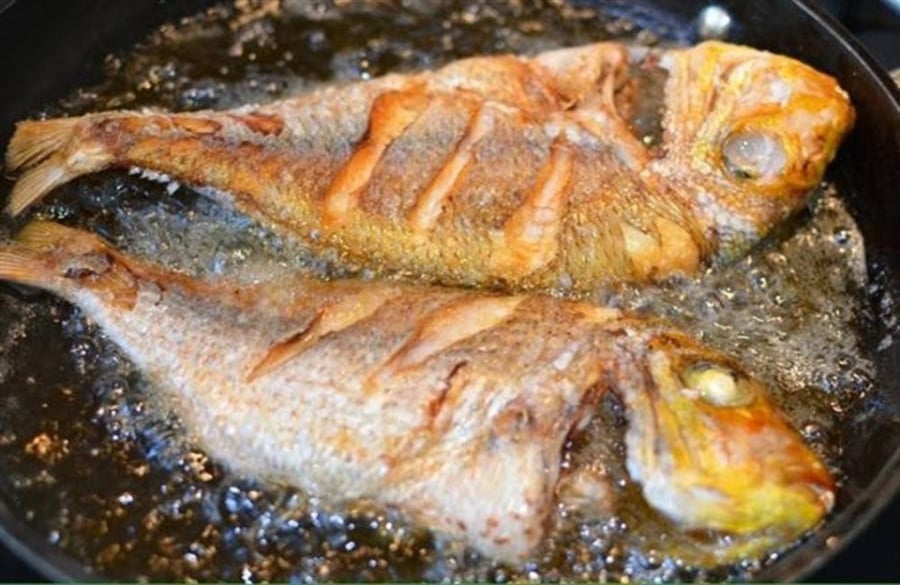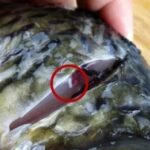Fried fish is a popular and beloved dish in family meals. However, achieving a crispy, golden finish without sticking to the pan can be a challenge for many.
Here are some tips to help you fry fish to perfection, ensuring a crisp and non-stick result:

Frying Fish
1. Select fresh fish and prepare it properly
Choosing fresh fish is the first critical step in determining the quality of the dish. Fresh fish will have firm flesh, avoiding a mushy texture, and it will be easier to fry. During preparation, clean the fish, removing scales and intestines, and rinse it under diluted salt water to reduce any fishy odor. Afterward, use paper towels to pat the fish dry. A dry fish will help prevent sticking and minimize oil splatter during frying.
2. Use a non-stick or cast-iron pan
The type of pan you use is also important. A non-stick or cast-iron pan is ideal for preventing the fish from sticking to the surface. If using a regular pan, ensure it is thoroughly cleaned and dried before starting to avoid sticking and burning.
3. Preheat the pan and oil before frying
An important rule when frying fish is to always preheat the pan and oil before adding the fish. Heat the pan, add oil, and wait for it to get hot enough before starting to fry. Insufficiently hot oil will cause the fish to stick. You can test the oil’s readiness by dropping a small piece of ginger or scallion into it; if it sizzles vigorously, the oil is ready.
4. Use moderate heat and the right amount of oil
Too high a heat will burn the outside of the fish before the inside is cooked, while low heat will result in oily and soggy fish. Therefore, maintain a moderate heat throughout the frying process. Use enough oil to partially submerge the fish, preventing excessive contact between the fish and the pan, which can lead to burning or sticking.
5. Don’t flip the fish too soon
An important tip when frying fish is to avoid flipping it too early. Wait until the underside is golden and crisp before turning it over. Flipping too soon can cause the fish to break apart and stick to the pan. Use a spoon or wooden chopsticks to gently turn the fish once the underside is sufficiently crisp and firm.
6. Drain excess oil after frying
After frying the fish, place it on paper towels to absorb any excess oil. This helps maintain crispness and reduces the amount of oil in the dish, making it healthier.
To achieve a crispy, golden fried fish without sticking, thorough preparation, from the initial cleaning and choice of pan to temperature control, is key. By following these tips, you’ll easily master the art of frying fish, resulting in a delicious and appealing dish for your family meals.
The Ultimate Guide to Crispy, Golden Fried Fish: A Secret Ingredient to Oil-Free, Mess-Free Deliciousness
With the addition of one simple ingredient, you can transform your regular fried fish into a mouth-watering, golden-brown delight. This secret ingredient will ensure a crisp and crunchy exterior, taking your fish frying skills to the next level. It’s time to impress your taste buds and elevate your culinary creations!
The Secret Ingredient to a Perfectly Fried Fish: Achieving a Golden, Crispy Exterior with a Mouthwatering Aroma
To fry or not to fry, that is the question that plagues many home cooks when it comes to frying fish. The fear of their delicate fish fillets falling apart or sticking stubbornly to the pan is all too real. But fret not, with a few simple tips and tricks, you can conquer this culinary conundrum and fry fish like a pro.



































